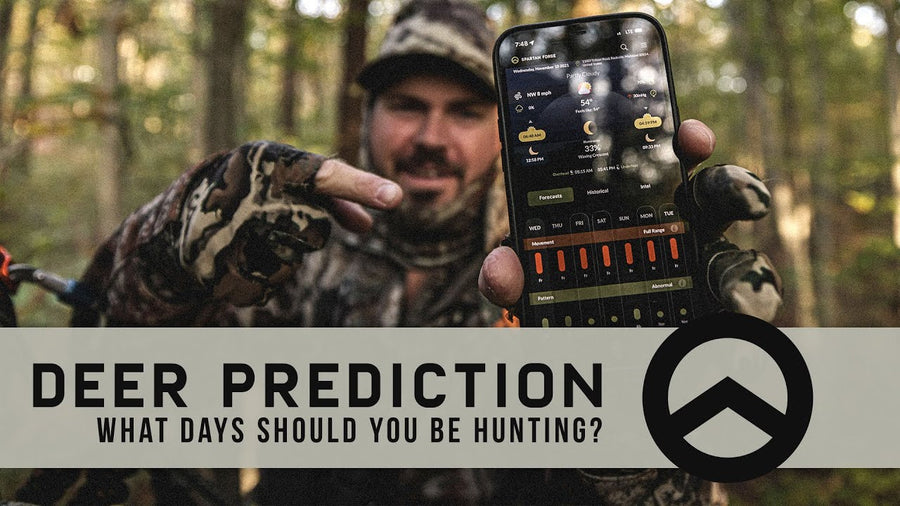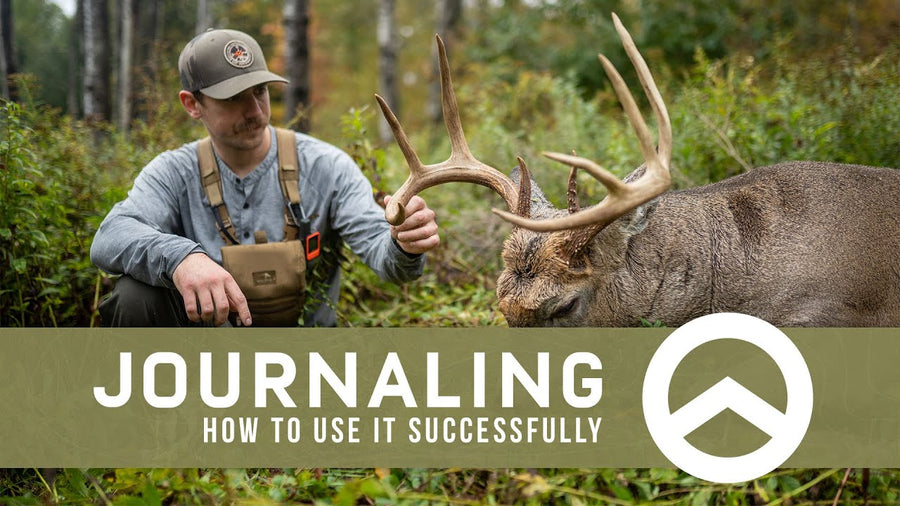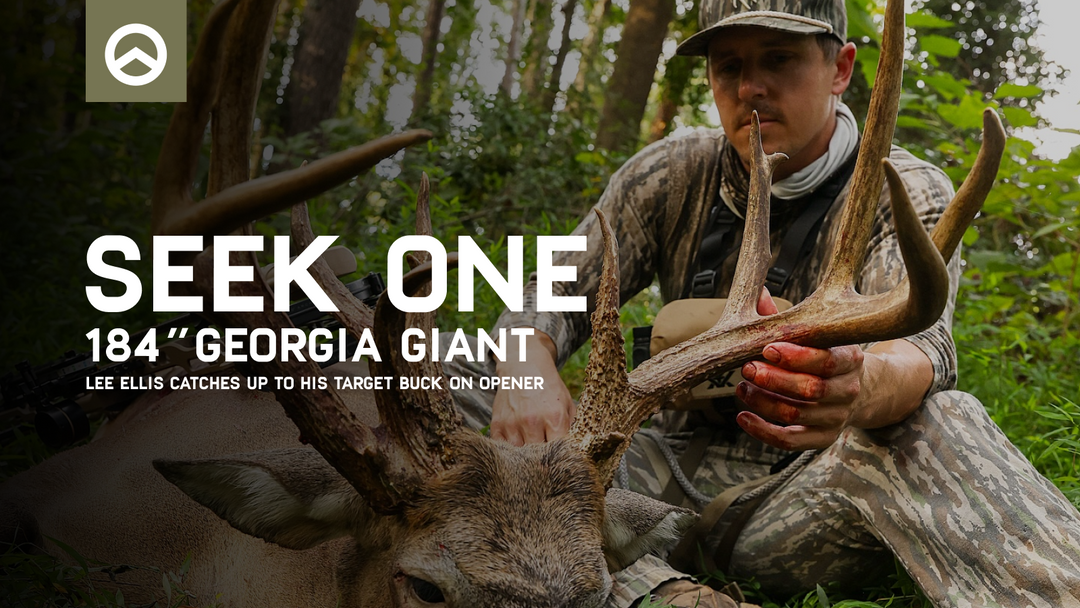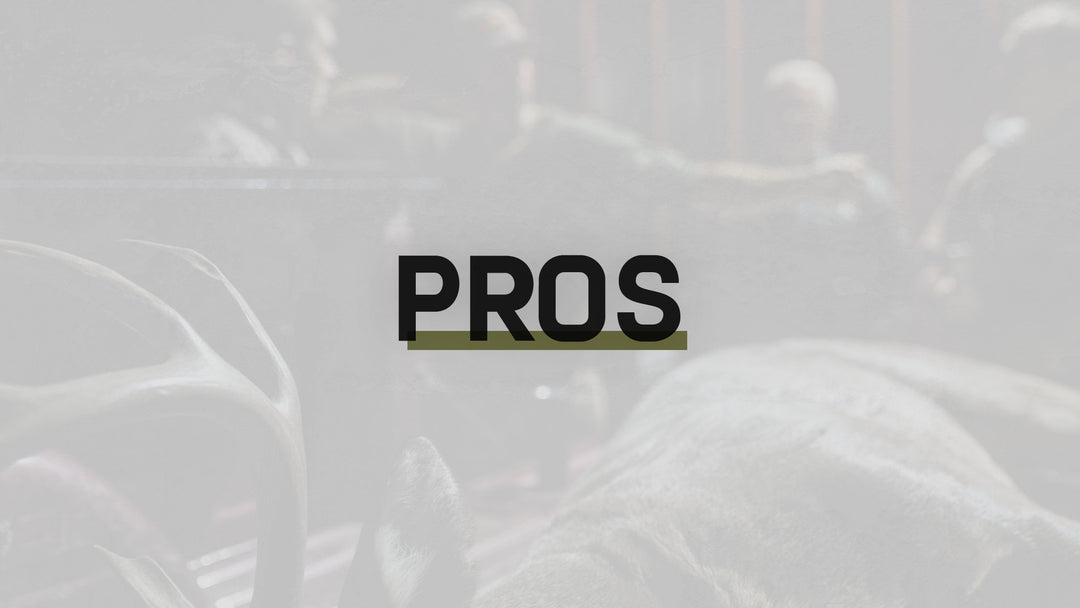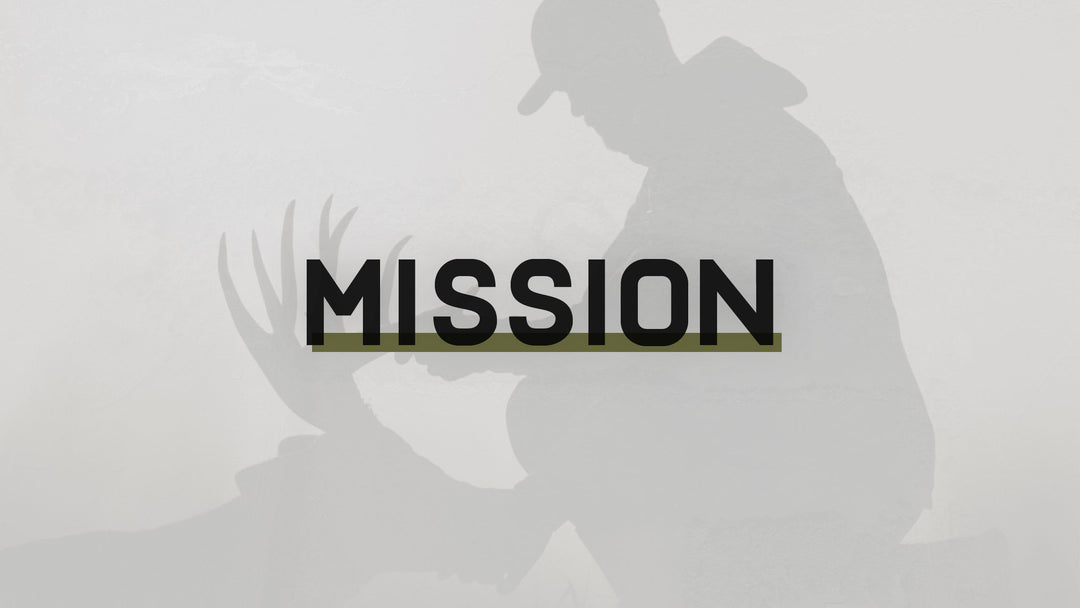GAMEPLANNING FOR GOBBLERS
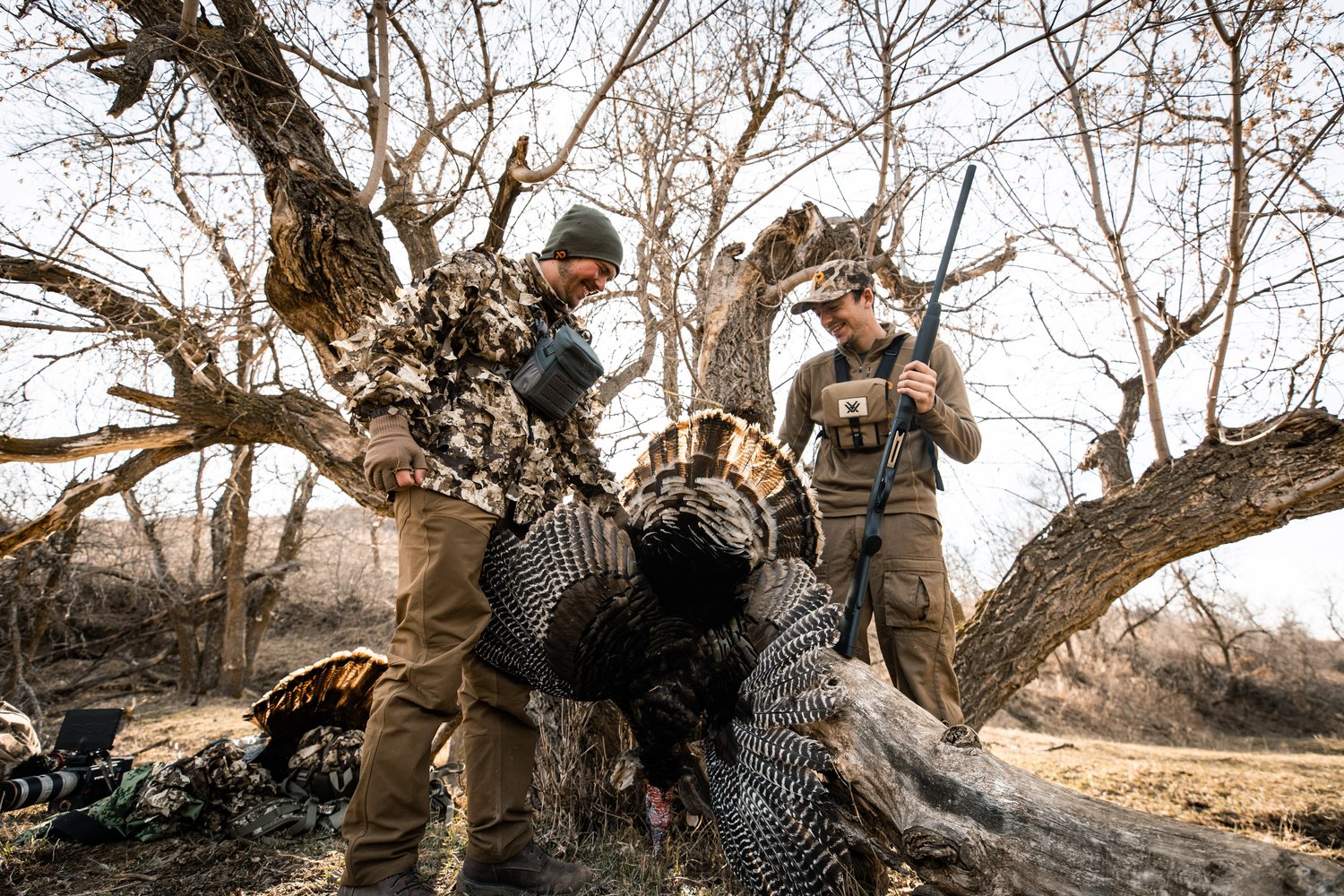
Listen, no one loves running miles of ridges with a vest full of calls trying to strike up a gobbler more than me. The days I get to do that reminds me of a much younger and freer time, listening to terrestrial radio in my ‘97 S-10 driving to spots using nothing but a compass, map, a Power Crystal and a hand me down shotgun. I wouldn’t trade my life as a family man or career man for anything, but with those things comes more responsibilities and constraints on time. With more time constraints, I have learned how to better plan my time in the woods. I try to be in the game with target animals more,and turkey’s are no exception in this way. E-Scouting public land has never been easier or more fruitful. I have turned to using Spartan Forge and a better understanding of animal behavior to help make my limited time more successful.
TERRAIN
You can’t call a Tom downhill, their knees blah blah blah. There are no absolutes in turkey hunting when it comes to terrain features. Yet, when I am planning on hunting spring Tom’s I will start using a Hybrid Map. I am able to start with a literal 30,000 foot view with Hybrid mode seeing both topo and general foliage features. Using this view I do a few things, I look for prominent finger ridges. As they come to a point it can be a likely roosting habitat, strut zone or even a spot for a gobbler to strike up a response from a receptive hen. Points are high traffic.
Next, I will look for benches or flats on these ridges for likely semi hidden strut zones. Tom’s like to show off…but not too much. Moreover, these are great areas to draw likely eyes with a nice decoy set up. Thirdly, I will look for creek bottoms that live in a valley or draw that isn’t super steep. Remember steep is a relative term depending on location, but any sort of flat or nicely stepped river bottom can draw a good bit of attention. Creek or river bottoms generally have a high likelihood for food, reasonable cover mixed in with prominent strut zones and lastly they can get some mid morning action when the ridges might calm down, as the sun starts to warm the bottom up.
E-Scouting for Turkey’s is just like e scouting Deer and Elk, with one very big exception, the Hens go to the Tom’s. So, there is a bit of rewiring we have to do to how we think about E scouting for birds, we aren’t looking for routes of travel so much as destinations. And we aren’t thinking about what suits the hen’s as much as what suits the behavior of Tom’s . We need to use the terrain to give as few obstacles to him coming to you as possible. To get a Tom to come to you, you need to overcome the natural way of hen’s going to Toms, don’t put a river, fence, or huge elevation change between you and him. Use the Hybrid maps to find likely destinations where he can, strut, be heard, be seen, and get the hell out of there in a hurry if needed.

WEATHER/FOLIAGE
E-scouting for turkeys will end at the terrain features for most hunters and most apps, but with Spartan Forge we can take this way further. I don’t have time to camp in a non productive area. So, with terrain taken into account I then start to really narrow down on two features that can lead to a better, more concentrated place to start. Hopefully it also leads to where we will finish the hunt as well.
If I have time before the hunt, I will use the historical wind data and weather data to start to eliminate terrain features. Turkeys don’t migrate, so they are a lot like deer in using certain terrain and certain foliage features in certain weather. So, if the Northwest wind is traditionally pounding a piece of land you planned on hunting on the weekend, a south east facing slope finger with a bench might be the place to start. This can play totally opposite too, as we would expect a south facing slope to heat up the quickest, but what if that is the place that generally has the wind at high velocities that time of year.
Given the time and the historical weather data I will also use the detail layer and agricultural layers to then target likely roost areas, and strut zones. For instance, if the area has a Northwest wind and precipitation traditionally for the time of year I am going to hunt, I will then use the terrain to find a protected feature and then the detail and agriculture layers to try and find some isolated coniferous trees assuming that during a rain/wind event this could be a very likely roosting spot.
This also works for the creek bottoms I mentioned earlier, with the detailed view you can eliminate a cover choked creek bottom even if the rest of that terrain feature feels like a sure bet. You can’t shoot em if you can’t see them. What about that field on the south end of the property, maybe you notice it was tilled in the detail layer, worth a drive by before the hunt to see if it is this year. Tilled fields have tons of food, bugs, worms and grubs, and also that dark dirt holds heat really well. Heat is a recurring theme here and is often underlooked when E-scouting.
We could go on for hours about the situational reasons to concentrate on detail with these layers. The bottom line is when it comes to weather data and layers, you have the ability to come up with situational plans before ever hitting the woods. And yes you can do that with any combination of apps and remembering, but man, having it all at my fingertips in one spot and knowing the likely trend for weather sure makes my scouting more efficient and concentrated. I don’t have a plan B, I have a plan b1,b2,b3,b4,b5.
JOURNAL/MEASUREMENTS
There are so many tools in Spartan Forge that we will all find useful in different ways for Turkey Hunting. Boots on the ground make or break the E-scouting assumptions. Journaling and Measurements are two of my favorites to use in the field once I am beyond the E-scouting phase.
As a writer I find journaling useful on a professional level. I can use this tool to help me remember exactly what happened, time, distances, the what, when, why, where and how essentially. I use the add a “T” to answer some of those, That, Then, and There. The two that don’t make sense to add a T to are the important ones. Why and How. Why did it or didn’t it work and how did it or didn’t it work. One step further can be how I would make it work next time. But, you don’t have to be some halfwit with a reasonable vocabulary and spell check to find the Journal feature useful.
If you commit to answering those questions in the onboard Journal to jot these things down for every important encounter you can start to narrow down or expand your abilities to E-scout and extrapolate the data to become a more consistent hunter. The outputs are only as good as the inputs so make sure to channel your inner Charles Alshiemer and write as accurately as possible, answer the How, What, When, Where and Why. Also the weather data will likely populate for that journal entry giving you the ability to trust but verify your previous E-scouting assumptions.
Speaking of extrapolating, I use the measurement feature to pinpoint far off gobbles if possible. If I spark a distant gobble and I have the ability to move I will. I will draw a longer than needed line in the direction of the gobble then I will go 50 to 100 yards in a straight line, stop and try for another gobble.When he thunders off a gobble. I will then lay down another longer than needed line. Where those two lines intersect is where the bird roughly is.This can be done to find roost trees too. In theory I should be making a triangle and then getting myself as close to the acute angle of the triangle without spooking the bird that is at the point of that triangle as possible. Now, it doesn’t work everytime, but when it does it gives you a heck of a good idea of the exact location and distance to that bird. This is a very situational tactic but it works when birds will gobble but won’t commit.
THE RESPONSIBILITY TO EFFICIENCY
In today's day and age we are all busier than ever. Between family, work and community commitments we have to do our best to make our time outside as fruitful as possible. These tools and ideas will hopefully help you do that. There are for sure days I long for that old S-10 and a whole day to burn chasing birds. What’s funny is back then I had the time to burn and not the money, now it’s a bit of the opposite. But with my pre planning, E - scouting and in hunt strategies hopefully when I get my son out I can give him enough insight to fuel his passion to get out there on his own. Hopefully he gets out when he has more time than money and hopefully I did a good enough job on the other end that when he has a bit more money than time he will be as fulfilled as I am to be the man happily giving his time to the people that matter.
Article by: Justin Hunold
